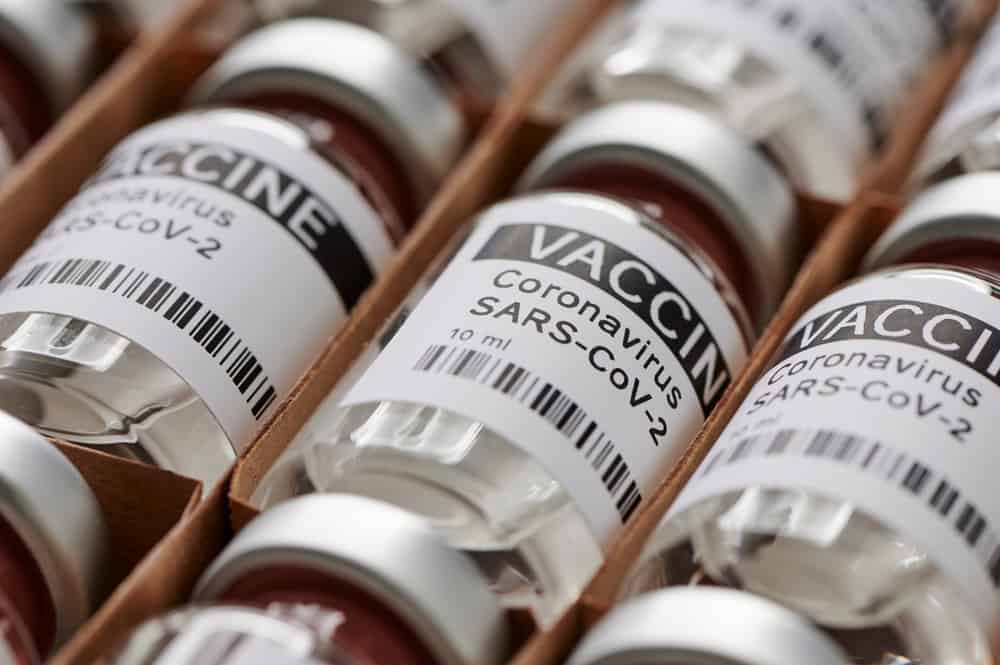This year has been a challenging one and we have seen the effects of COVID-19 on every industry.
Many establishments and companies were forced to close, but now with the new arrival of vaccines there is hope on the horizon. After months of focused research and collaboration, we now have two FDA-approved vaccines – the Pfizer-BioNTech vaccine and the Moderna vaccine – which both use a unique MRNA technology.
MRNA technology, even though it seems new, has a long history in development. Normally, to trigger an immune response, many traditional vaccines use an inactivated virus to teach our bodies how to fight. MRNA vaccines instead teach our cells how to make a protein that triggers an immune response in our bodies. That immune response which produces the antibodies is what protects us from getting infected or getting really sick. One scientist put out a nice tweet that explain the process as “an MRNA vaccine doesn’t actually contain the virus itself. Think of it as an email sent to your immune system that shows what the virus looks like, instructions to kill it, and then, like a Snapchat message, it disappears.”
The technology is amazing and handling this type of vaccine brings it own challenges.
The Pfizer-BioNTech vaccine must be stored at about -94 degrees Fahrenheit and the Moderna vaccine should be kept around -4 degrees Fahrenheit, so the Pfizer-BioNTech vaccine’s logistics and distribution is more challenging. The logistics of handling these vaccines are given to Fedex and UPS since they have the infrastructure and equipment to handle these vaccines. FedEx will be handling more West Coast distribution, whereas UPS will be handling the East Coast distribution.
To ensure safe delivery, the U.S. government, drug makers and delivery companies had to plan strategies so that every box is monitored 24/7. First of all, every box is equipped with a GPS beacon, a temperature monitor and a barcode. If there is any sudden change with the temperature or any kind of delay with transportation, the information is sent to the Vaccine Operations Center. If there is any anomaly with the data, the VOC stops the shipment and quarantines it, since using it would create a risk that no one would like to take. Once a box of the Pfizer-BioNTech vaccine is opened, it must be placed in an ultracold freezer or repacked with fresh dry ice every five days and after. Dry ice is just like regular ice cubes that we know. The only difference is it does not leave residues, so it is widely used in the logistics industry to preserve frozen foods where mechanical cooling is unavailable.
FedEx is using a special data analytics technology developed by Microsoft that relies on historical data from FedEx routes to determine if a specific route shows a possible delay based on data. If so, the shipment is rerouted to an alternative route to achieve its destination. Both companies are expected to supply around 40 million doses to hospitals and pharmacies by the end of December and it is expected that around 100 million doses will be supplied by the end of the first quarter of 2021.
The U.S. government also developed a special program called Tiberius that helps to track all distribution information. It allows every state health department to see what is available in terms of quantity and where to ship the next batch of shipment. Information is updated every Thursday on Tiberius, and on Friday the algorithm decides how next week’s shipments will be delivered in what order to which state. On Saturday, every state finalizes their orders and deliveries start arriving on Monday.
So far, there were some minor hiccups with deliveries, but it seems the system is working well.
It is amazing to see in a short period of time by working side by side both the public and the private sector managed to solve a problem that plagued whole wide world.




